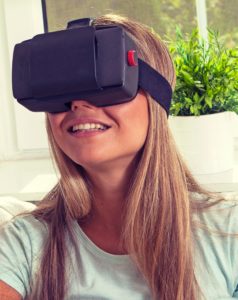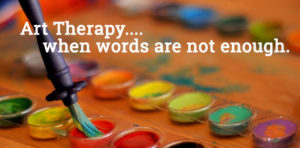 Some approaches only address the mind, while others address physical symptoms of stress and anxiety. Complementary Approaches address one’s mental, emotional and physical issues simultaneously, thus integrating and processing information in a synergistic way. By taking this approach, physical symptoms are reduced – making room for clearer thoughts, and negative thinking is reduced – making room for a calmer and more relaxed, physical well being.
Some approaches only address the mind, while others address physical symptoms of stress and anxiety. Complementary Approaches address one’s mental, emotional and physical issues simultaneously, thus integrating and processing information in a synergistic way. By taking this approach, physical symptoms are reduced – making room for clearer thoughts, and negative thinking is reduced – making room for a calmer and more relaxed, physical well being.
Complimentary Approaches include:
Biofeedback – Sensors measure subtle changes in muscle tension, body temperature, moisture level, heart rate and respiration. Positive thoughts turn stress into a calm and relaxed body. This can improve headaches, pain, cold hands, sweaty palms, rapid heart rate as well as many other conditions.
Neurofeedback – Reveals brain wave patterns from which you can learn to control your state of consciousness going from a busy mind to calm, clear thinking.
Meditation – Specific techniques are used to still and empty the mind allowing your natural balance/homeostasis to kick in and promote healing.
Guided Imagery – Peaceful images evoke peaceful feelings, which in turn puts your mind and body into a relaxed, peaceful, healing state.
Peaceful Scene guided imagery sample:
Tibetan Singing Bowls are an ancient art of healing. The sound is particularly calming for both the body tension and racing thoughts. The tone is known to clear mind of thoughts rapidly and at times instantly, even for those without experience in meditation. The effect for a 20 minute experience typically lasts for 24 hours, but varies person to person of course.
Relaxation Training – Included a variety of techniques such as progressive muscle relaxation, body scan, micro-movements to directly release tension from groups of muscles, which in turn has the effect of calming the mind.
Progressive muscle relaxation sample:
Body-Centered Psychotherapy – When we are talking about our life, we can feel sensations in our body. By allowing yourself to focus on the body sensations, we uncover repressed memories which in turn can bring about mental, physical and emotional release.
Breathing – has a direct impact on our physiology, mental and emotional states. Learning abdominal breathing and other breathing patterns can improve mental attitude, body chemistry and physical states.
Autogenics – the body responds to thoughts. By repeated choice phrases to yourself, the message goes thru the nervous system and the body reacts to these thoughts. The typical application is to relax muscle, increase blood flow and reduce stress, pain and tension.
Virtual Reality Therapy – View scenes in 3D virtual reality using VR goggles to help conquer the fears of: Flying, Claustrophobia, Needles, Bugs, Heights, Elevators, Malls, Speeches, Group Conversations, Driving on: highways, bridges, tunnels, city, rush hour, as well as VR relaxation trainings.

Creative / Intuitive Therapies – Art Therapy, Play Therapy, Recreation Therapy, Music / Dance Therapy, Puppet Therapy and Story Telling.
The creative / intuitive therapy modalities allow access to emotional parts of our self that may not so easily be revealed thru talk therapy. Many times, we express hidden, sensitive parts of our self more easily and more honestly thru creative modalities as these. It gives one an unfettered sense of freedom to become whole.

59 Rabbit Run Drive, Newfoundland, New Jersey 07435
973-208-0085
201-444-2295 (Cell/Text)
